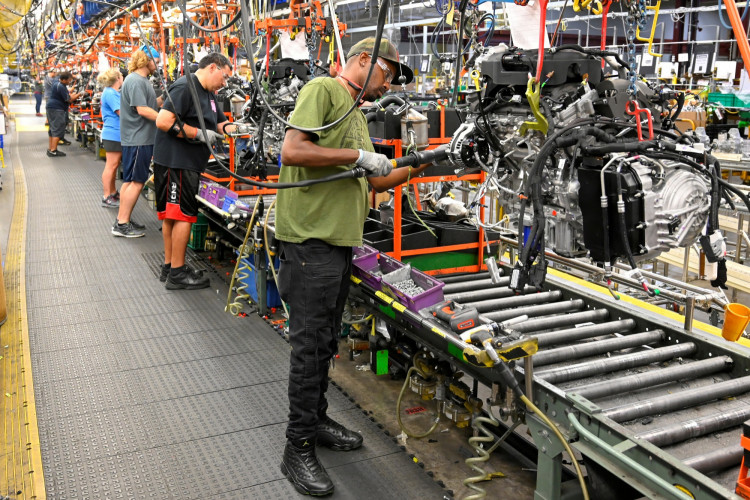An unexpectedly large boost in U.S. manufacturing activity in January holds out hope the prolonged slump in business investments could be mellowing in the aftermath of the Phase One trade deal between the United States and China signed Dec. 15, 2019.
The much-awaited index of national factory activity published by the Institute for Supply Management (ISM) on the first business day of every month reveals an index of 50.9 in December 2019, the highest level since July 2019. The December reading compares very favorably with the upwardly revised 47.8 in December.
An index above 50 indicates an expansion in the U.S. manufacturing sector. A reading below 50 signifies a contraction. The manufacturing sector accounts for 11 percent of the U.S. economy.
Analysts said the improvement in the ISM data likely has a lot to do with receding trade tensions between the U.S. and China following the phase one interim trade deal. They said the ISM index stood below 50 percent for five straight months since July 2019. Economists polled by Reuters forecast the ISM index improving only to 48.5 in January from 47.8 in December.
The ISM's forward-looking new orders sub-index (a measure of prices paid) improved to 52.0 December, the highest since May 2019 from a revised 47.6 in December. Manufacturers reported paying more for raw materials and other inputs last month. The sub-index hit its highest level in 10 months, which reveals a rise in inflation pressures at the factory level. This development might crimp manufacturing activity early into 2020 as the cost of raw materials rise. There is also the probable damage to supply chains from the raging Novel coronavirus outbreak in China.
The ISM's factory employment index rose to 46.6 December from a revised index of 45.2 in December. The reading again shows weakness in manufacturing payrolls. Factory employment increased by 46,000 jobs to 310,000 in 2019. It rose to 264,000 jobs in 2018.
One of the companies included in the ISM survey said its business has picked up considerably and that many of its suppliers are working at or above full capacity.
"Tariffs are still a concern and are believed to be a factor in short supply and higher prices of electronic parts," he said. "Our profit margin has been somewhat negatively affected by high tariffs, particularly on electronic parts from China."
An executive from a fabricated metals products company said their business is starting 2020 stronger than it finished 2019, reversing a dramatic downturn in orders over the last four months of 2019. He said orders are up to start the year, but are slightly behind where they were a year ago.






